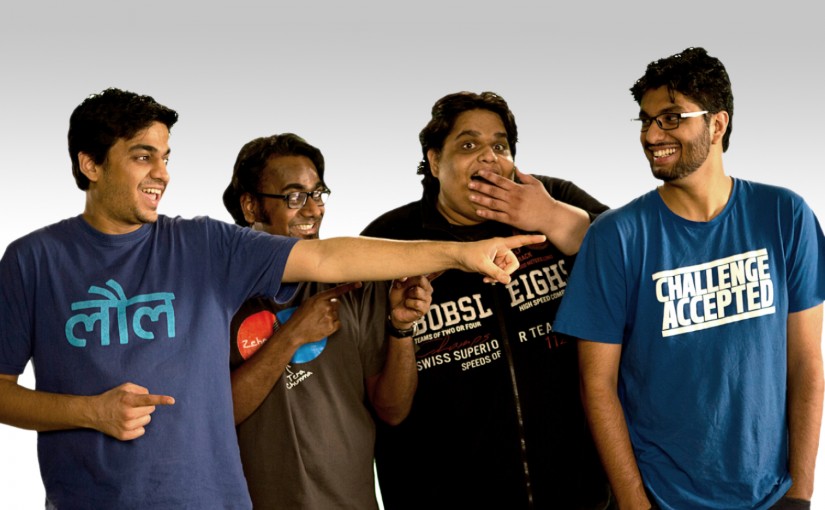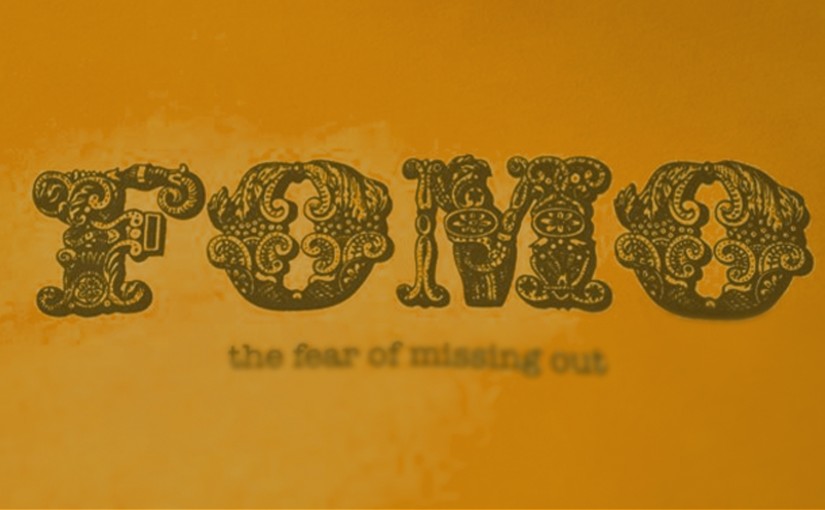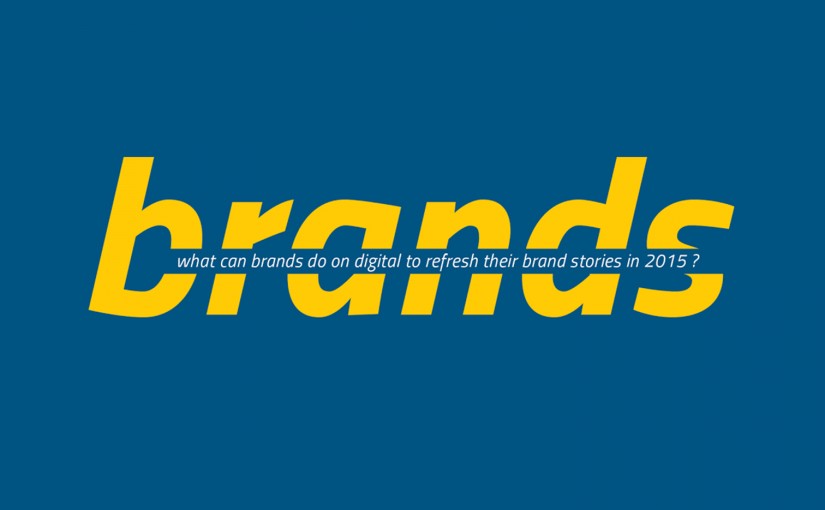Drop us a few lines about the task and we will get back immediately to see we how we can take the discussion forward. Alternately, just pick up the phone and speak with us at +91 9910034330 and we would be happy to help.
- - Do tell us a little about the nature of your business.
- - Be specific about what you’d like us to help you with.
- - Knowing your budget always helps us plan a suitable intervention.
- Blog
In the News – 2008
-
In the News – 2008
Exchange4Media.com, 23 December 2008
exchange4media, Blogworks jointly present ‘India Social Media Survey, Brands & Corporates’
exchange4media.com and blogworks.in have joined hands to present ‘India Social Media Survey, Brands & Corporates’ Edition 1. The survey attempts to capture insights and learnings of brands and corporates around the social media space in an attempt to make sense of what is really happening on the ground in India.
Across the globe, the blog and social media environment is evolving rapidly and India is no exception. Web2.0, Micro-Blogging, Social-Networking, Wikis, etc., have become the buzzwords today. India Social Media Survey will allow the industry to benefit from shared insights and make for educated decisions.
Business Standard, 11 December 2008
Blogging could even land you a job.
Can there be anything better than getting paid to write on your area of interest with you alone calling the shots? Indeed, professional blogging is a fast-catching trend in the country Although paid-for blogging is frowned upon in the blogosphere, individual bloggers are considering full time blogging as a career option. Companies too are looking forward to recruit them.
Professional bloggers focus on their niche area of expertise and for them it is an extension of their hobby. Rajesh Lalwani, founder, Blogworks, says: “for companies and entrepreneurs, it becomes a social marketing tool or a way to engage with their internal and external stakeholders.” Fastrack for example reached out to its target audience of fashion conscious youth, bikers etc through blogs and encouraged value co-creation by taking their feedback from the product design stage itself.
India Today – Simply Delhi, 10 October 2008
Playing at Work
In the sea of the Internet, Rajesh Lalwani is at the centre of a whirlpool of activity. He is the founder of two websites—pitchh.com, a platform for brands and agencies to connect, and blogworks.in, which offers strategic social media solutions. In effect, he provides solutions in two key fields of our time—Internet and marketing.
Blogworks, started in December 2006, does what Lalwani calls conversational marketing, reaching out to customers through online tools. “At the time there was fascination about the concept. Marketers were so used to traditional methods that they were reluctant to try something new,” says Lalwani. That fear has reduced over time, but Lalwani says that most clients are willing to try the concept only on a piecemeal basis, and are not interested in long-term solutions.
But, despite this, the fact that Lalwani runs two successful enterprises points to big changes in the work environment. “It is far more dynamic and vibrant now. Boundaries have come down and the impact has to be quick. People are more experimental,” he says. And that’s why, he says ‘It’s no longer enough to keep pace. You need to stay ahead.
The Internet has contributed in large parts to this. “Technology enables seamless work. You don’t need a physical office. You can have virtual engagement with clients everywhere,” he explains. With respect to Internet habits as well, there have been changes. “Internet used to be mostly about work but people are using it for much more now. It is more to do with life and people now.” Of course, this is not always a good thing; as the numbers show, the average Delhi employee spends five hours a week on personal web surfing costing companies huge losses. And what about blogging, that 21st century tool for freedom of expression. Lalwani, who blogs himself, says, “This is the time for meaningful blogging. People who are thought leaders are putting their content online. It is far more democratic; there are hierarchies, but these are based on content. Not on who you know.”
India Today, 29 September 2008
If only. To Internet trend-spotters, however, they were doing much more. They were unwittingly engaging in an emerging public sport, ‘bodysnarking’, a word that stands for the everyday sarcasm-laced jibes directed at women, mostly by women—especially on the Net.
Business Standard, 17 September 2008
Indian CEOs take up Twittering
Twitter is a micro-blogging tool that forces you to be concise. Unlike blogging where you are free to write however long you want, Twitter only allows 140 characters. That’s around 25 words. Two sentences.
Many say that this could be the secret of its success. Because messages have to be short, it makes it that much more easier for people to write. Short messages means you don’t have to worry about crafting long posts. Helps you post your message instantly with more frequency. It has gained good traction and the corporate world has been quick at leveraging the tool for business benefits.
Mint, 03 August 2008
Companies heed the online message
Indian companies are increasingly using online social platforms to connect a dispersed workforce as well as to reach out to elusive customers in multiple markets. While information technology (IT) firms are in the lead, mainly to foster internal communications, consumer product makers are discovering the potential of social networking sites as brand promotion tools.
Fastrack—Titan Industries Ltd’s line of watches and eyewear targeted at youth—supports a host of fan communities on social networking sites such as Facebook and Orkut. Hindustan Unilever Ltd (HUL) promotes its Sunsilk range of haircare products through its interactive website www.sunsilkgangofgirls.com, hosted by Bollywood actor Priyanka Chopra.
For instance, Titan seeks feedback through exclusive communities on social networking sites that are dedicated to Fastrack. Online interaction is used to tweak brand positioning and sometimes even pricing. A sneak peek—preview of products—is offered to select Fastrack fans on online communities ahead of the market launch. “And if a Fastrack fan asks us why a watch is priced at Rs1,400 when something similar can be picked up for Rs200 on the streets, we listen carefully,” says Simeran Bhasin, marketing head, Fastrack and new brands, Titan. Bhasin feels the reach of social media cannot be measured through cost per contact as it is qualitative feedback that cannot be quantified.
Agrees Rajesh Lalwani, founder, Blogworks, a strategic consultancy for social media outreach: “It is important for companies to identify a need first and then set up a social media programme. In India, the focus is too much on the tool and not the need.”
Mint, 17 June 2008
Managing online reputation finally catching on in India
A leading private bank was recently in the eye of the storm because of its high-handedness with some of its customers. While it put its customer care, public relations and corporate communications team in action to address public concerns at large, it found itself unable to manage the problem online.“ There were numerous negative entries (on the issue) across diverse blogs, discussion fora, websites, online journals and social networking sites. Some people even launched hate websites in its name,” recalls a person who was part of the team that the bank then set up to manage its “online reputation”
In addition to image management, such efforts “can also help in pushing sales”, says Rajesh Lalwani, founder, Blogworks, a communications and marketing solutions company.
“Earlier, there weren’t too many sources to gather information on a brand. Today, consumers first go to the Net to gain some intelligence on the product and brand they want to buy before making a final purchase decision,” he added.
Hindustan Times, Delhi and Mumbai Editions, 7 May 2008
Contributory Piece: Micro-blogging, anyone?
“Mirror, mirror on the wall who is the most viral of them all?” I asked.
“Twitter, O dear sir!” answered the magic mirror without doubt.
http://twitter.com is the service that lets you stay connected with friends, colleagues and family through exchange of short message updates, sharing “what are you doing right now?” has achieved almost cult following among its users, many of whom are celebrity bloggers and Internet influencers from across the globe.
Many call the trend micro-blogging, as, unlike conventional blogs, it does not inovolve long entries made from a desktop computer.
Twitter is a micro-blogging platform (messages can contain a maximum of 140 characters) and a social networking site (connect with and friends and make new ones). I could also say that it is blogging on the go and lets you disseminate and receive messages using the Web interface, an Internet messenger/ desktop client or your mobile phone. All of these are correct.
However, it is better think of it as a café.
Deccan Herald, 26 April 2008
CXO Today.com, 21 April 2008
So far as it’s utility is concerned, founder of Blogworks, Rajesh Lalwani, says about twitter, “It keeps a community linked or connected closely, and multiple people can communicate with others through low cost sms. And twitter has a multiple interface that offers a multi point delivery system.”
Lalwani’s firm provides strategic social media solutions for corporate blogging.
“Large corporates and enterprises can use it for communicating with its employees within an organization in a secure way. It offers a new means of promoting products and services, in the form of micro ads to customers,” he adds.
CXO Today.com, 16 April 2008
However, the practice of corporate blogging is not highly popular in India. “Corporate blogging is still at the nascent stage here. It will take some more years to grow. Because of the immaturity, there are no standard guidelines followed yet, and so companies undertake their own set of rules for blogging,” Lalwani says.
Financial Express, 30 March, 2008
A different blogosphere in India.
In my previous column I highlighted the evolution of corporate blogging in the USA, but what I did not mention is that currently a little over 10% of Fortune 500 companies have corporate blogs and that number is growing. There is an increasing realisation that corporate blogging can help bridge the gap between companies and their stakeholders like their employees, customers or investors. As Rajesh Lalwani of Blogworks points out, “Corporate blogging allows a faceless entity to become real and allows companies to build trust through transparent conversations.” The key words to focus on are: transforming a faceless entity into a real, live and breathing entity and that I believe can only come from sharing and having conversations. That transformation of a faceless entity comes from unlocking and opening that black box called ‘corporation’. Are corporations ready for this? So far it appears to be a mixed bag.
NDTV, We the People, January, 2008
IMPACT Weekly – 14 – 20 January, 2008
Blogworks – Blog the Talk – Edition 5, Part 2, Page 1.pdf
Blogworks – Blog the Talk – Edition 5, Part 2, Page 2.pdfIMPACT Weekly – 07 – 13 January, 2008
Blogworks – Blog the Talk – Edition 5, Part 1, Page 1.pdf
Blogworks – Blog the Talk – Edition 5, Part 1, Page 2.pdf
Disclaimer: Views of authors are personal and do not represent the views of Blogworks, or any of its clients.
-
Contact
conversations@blogworks.in
+91-9910034330 -
Newsletter
-
Social

























